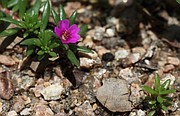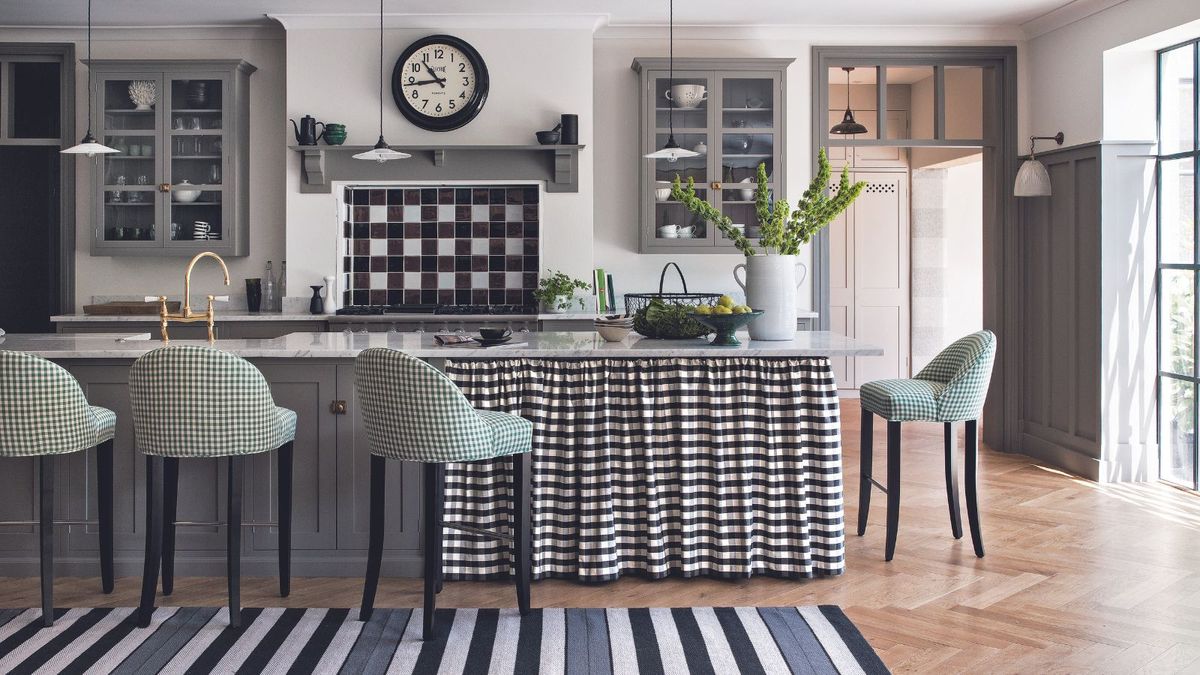All it normally takes to flip that pile of rocks at the edge of your residence into a stunning showpiece, is a load of soil, maybe a small rock-rearranging, and plants.
Initially, just take a appear at what you have: Sun, shade, or a combination moist or dry website water close by. Then imagine about your eyesight — what are your choices? Xeriscape (for a dry web page only), cottage, formal or classic, herbs, grasses, Potted plants, ornamental veggies, focal details (growing or manmade). Contemplate unique plant requires, sunlight, shade, fertilizer, acid, alkaline, hardiness, and seasonal treatment (wintertime mulch, summer safety, watering, etc).
Now, get into the nitty-gritty or “hands-on” criteria: Continuity, scale, artful repetition, logical placement, balance/compatibility of stone and plant
Rock gardens provide a multitude of uses other than attractive landscaping. Eminently simple due to their all-natural hardiness, they are straightforward to sustain (consequently preserving considerable money), and normally draw in much more birds and helpful bugs to the backyard.
If you’re looking at a normal look for an existing rocky internet site, think about utilizing what you currently have: Look for normal wildlife plantings these as small trees (Mt. Ash, Rocky Mt. maple, Quaking aspen, Juniper, and many others.), indigenous vegetation and flowers, these types of as wild roses. Select your new plants appropriately, employing what’s by now there. A mingling of wild/native and domestic crops can be lovely and effective.
A wonderful woodland topic could consist of Hosta, Heuchera (Coral bells), ferns (Sword, Lady, Maidenhair, and many others, trailing vines like honeysuckle, Clematis, Dewberry (Rubus), delicate Sweet Woodruff, or probably Vinca slight (Periwinkle) evergreen and delivering lush elegance. Intersperse with tall and beautiful Monkshood, Foxglove, Larkspur, Valerian, Betony, and/or Lobelia, tucked into spaces concerning rocks. Border it all with reduce growers, these types of as Bleeding heart, Columbine, Lily of the valley, primulas, dwarf Iris, bulbs of dwarf Tulips, and so forth., Neglect-me-nots, and wild Violets.
Contemplate seasonal coloration, layering, and far more. A tumble-colored golden-leaved quaking aspen (Populus tremuloides) fronted by a good red burning bush (Euonymus) or purple-twigged osier dogwood make for wonderful autumn drama.
Or take into consideration any of the currants (Ribes): Purple-flowering, blood currant, etc. All currants have beautiful drooping flower clusters in shades of purple or pink, from time to time white — seeking like mini-fuchsias, joined afterwards by the foliage, and then environment into the fruit which can be pink or black.
Select your personal prospects, contemplating what you presently have, then mix and match these tips for your individual all-time magnificence. By the way, if your rock pile is quite near to the house, enlarge the berry plantings and involve backyard garden goods! Clumps of parsley (also a butterfly attractant), decorative kale, varied sages, rhubarb, colourful rainbow chard, and pot-ted basil and rosemary for edible allure. Why not look at applying wild or domestic strawberries as ground protect? Share them with the birds.
If you have that uncommon (in our area) Xeriscape habitat, intersperse your rocks with clumps or pots of crops such as Sedum, succulents like Hens/chicks and Portulaca (moss rose), Snow-in-summer season, Baby’s breath, Goldenrod, dazzling crimson Oriental poppies, trailing Nasturtiums, Major grasses, Beargrass, Lavender, Heaths and Heathers — ad infinitum. And you believed that pile of rocks was just a pile of rocks.
And now a number of gardening views and ideas:
Bare root ‘no no’
I have generally advisable purchasing plants at place nurseries and greenhouses. I do understand, nevertheless, that when in a when one thing usually takes our eye in a catalog that is maybe unusual or not obtainable locally.
But there are safeguards: As you’re conscious by now, often examine the Zone and really don’t purchase nearly anything more than Zone 5. Zones 3 and 4 are superior nevertheless, but it’s your dime.
The 2nd precaution is to locate out how they are packaged. Pots are finest, plugs suitable, but bare-root is a true threat, primarily in more compact crops. Many yrs in the past, I foolishly ordered a Ligularia from a nicely-identified yard, not acknowledging it would be transported bare-root.
The wispy, fragile tiny dried point that was sent to me by no means had a likelihood. I moistened it effectively, direct-planted it where by I wanted it (in abundant loam/potting soil mix), and tended it carefully — but it never ever obtained about the shock. It had almost certainly been pulled
from its heat, sunlight-drenched S. Carolina soil, never ever expecting to be replanted in cold North Idaho disorders and that’s the end of the story.
Faults, I consider, are what make us superior gardeners. Legendary English gardener Gertrude Jekyll, quoted in a compact compendium of content articles from her many guides (”The Gardener’s Critical Gertrude Jekyll’), owed considerably of her back garden style and design results to having begun her profession as an artist.
Gardens as paintings
At any time following, she explained she planned her gardens as “paintings.” She appeared at each and every house, “saw” the backyard garden in her brain, drew the layout on paper, then identified the place the range of colors and shapes she desired experienced to be placed to complement just about every other.
In all her “schemes” — whether smaller, intimate spaces retreats excellent, flowing florascapes, or very long borders (at which she excelled), she began with that 1st phase, then chosen the correct crops for the particular person ecosystem and floor layout, with significantly believed also presented to ongoing bloom and colour as a result of the seasons. That, of program, is what we ornamental gardeners attempt to do, and her initiatives provide to inspire and educate us what to glance for.
But there is still an additional threat: As we artfully draw and “name” our plant circles on our butcher paper, striving for a extensive pattern, we have to be thorough not to generate a contrived, synthetic, or examined search. Assume of the purely natural hodgepodge of mother nature, strengthen on it with a small assistance, but try for a pleasing mix of form, complementary colour, and textures that join with each other in a grouping that seems like they are all “where they belong.”
Miss Jekyll was capable to attain this success but admitted it was a when in coming. The desire to develop a ideal canvas with no flaws has no position in nature, the place surprises frequently transpire. When a clump of Eryngium (Sea Holly) appeared out of nowhere, she was nonplussed and annoyed at to start with, but then realized that it experienced insinuated alone the place it “wanted to be”
and it was a type of revelation for her.
She not only still left it exactly where it was, but started to use equivalent “surprises” of her individual on celebration — popping an unmatching single ruffled Hollyhock among artfully organized lavenders and lilies, for instance, or a splash of white Shasta daisies batting their yellow eyes at a sober yellow-flowered Santolina.
But it need to be only the moment due to the fact when men and women start off expecting it, it is no longer special. As well, Pass up Jekyll used these unusual tiny flirtations in a serendipitous — rather than shocking — fashion. Her whole gardening credo was normally harmony.
(Editor’s note: For a lot of several years, Valle Novak has created gardening and cooking columns for the Every day Bee. “Weekend Gardener” and “Country Chef” turned renowned for their humor, details, and common perception assistance on how to do anything from planting to cooking. While she recently retired, she has shared a quantity of columns to delight her lots of admirers. This is one these kinds of column and was initially printed on February 2010.)



